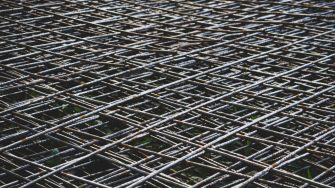
Strength
At room temperature, both ceramics and glasses undergo fast fracture in a tensile test before any plastic deformation occurs. However, ceramics have compressive strengths about ten times higher than their tensile strength. The tensile strength of ceramics and glasses is low because the existing flaws (internal or surface cracks) act as stress concentrators. However, flaws do not propagate under compression and, therefore, ceramics are usually used in applications where loads are compressive.
Thermal shock
The effects of thermal shock can be seen when putting a hot ceramic dish into cold water and it shatters.
When you heat a material, it will expand slightly. Often running a stuck jar lid under the hot tap will loosen it. Conversely, cooling a material will result in a contraction.
When you have rapid changes in temperature, the material must be able to deform to compensate for the expansion or contraction. Metals and plastics usually are able to deform enough to compensate for this, but most ceramics (being too brittle) are not able to, and can fracture as a result. Glass is known to fracture upon a sudden change in temperature of more than 80°C. This is called thermal shock.
Melting temperature
As a result of their high bond strengths, ceramics typically have very high melting temperatures, often much higher than metals and polymers. Most ceramics and glasses have a melting temperature above 2000°C. This means that they are often used in high temperature applications.
Creep
Similarly to metals, ceramics creep when they are hot. Creep is defined as slow plastic deformation at stress levels below the normal yield stress. Creep is very slow at room temperature for most materials. The difference between ceramics and metals is the temperature at which creep occurs. Creep occurs when the temperature is above about 0.4-0.5 Tm. Metals will therefore creep at relatively low temperatures - lead begins to creep at room temperature and aluminium alloys will begin to creep from about 250°C. Ceramics have melting temperatures much higher than metals and will only creep when they are exposed to stresses at much higher temperatures.
